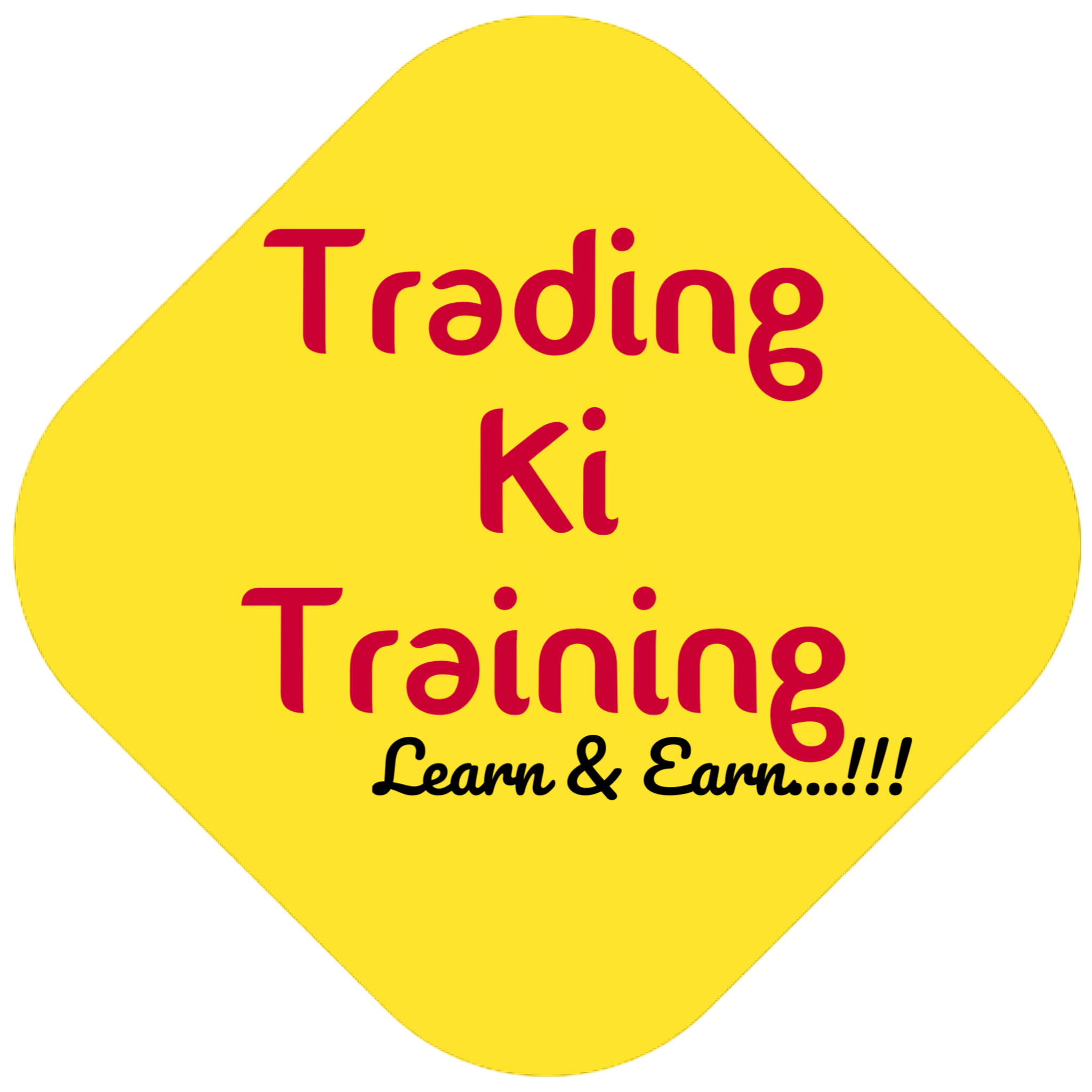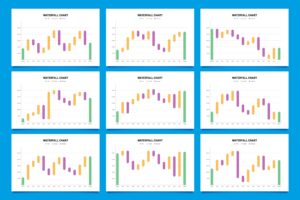Did you know that the difference between a successful trade and a frustrating loss often comes down to one simple factor: knowing your entry and exit points? Many traders focus solely on finding the next “perfect signal,” but without mastering where to enter and exit, profits can slip away faster than you think. Let’s dive into how you can use this concept to unlock beautiful, consistent results in your trading journey.
Table of Contents
Understanding Entry and Exit Points
When you hear “entry and exit points,” it might sound technical, but it’s actually quite simple. These are the precise moments when you decide to buy or sell an asset. Think of it like catching the perfect wave while surfing — timing is everything.
Why it matters:
- Protects your capital from unnecessary losses.
- Helps you lock in profits before the market reverses.
- Makes your trading plan more disciplined and predictable.
Example:
Imagine buying a stock at $50 and hoping it goes up. Without a clear exit plan, you might panic and sell at $48 if the market dips. But if you had defined your exit at $55, you’d stick to your plan and secure the gain.
Also Read: Hedging
How to Identify the Perfect Entry Point
Finding the right entry point is part science, part art. You can understand it more easily like this:
Look for Trend Confirmation
Use Support and Resistance Levels
Combine Indicators Smartly
Indicators like Moving Averages, Bollinger Bands, or RSI can give you clues. For instance, a bounce off a support level combined with RSI signaling oversold conditions often signals a good entry.
Also Read: Nifty Expiry
How to Spot the Ideal Exit Point
Many traders hesitate to exit because they hope for higher gains. But exiting strategically is as important as entering correctly.
Set Profit Targets
Use Stop-Loss Orders
A stop-loss ensures that losses are limited if the market suddenly turns against you. Think of it as a safety net.
Watch Market Momentum
Even after reaching your target, if the trend looks strong, you can ride it a bit longer. But have a clear plan so greed doesn’t take over.
Also Read: The ETFs Treasure
Common Mistakes with Entry and Exit Points
Even experienced traders slip up sometimes. Here’s what to watch out for:
- Waiting Too Long to Enter – Missing the initial movement reduces potential gains.
- Exiting Too Early – Fear can make you sell before profits are substantial.
- Ignoring Stop-Losses – Risk management is key, and skipping it can be costly.
- Overcomplicating with Indicators – Too many signals can confuse rather than guide.
By avoiding these mistakes, you can make your trading more predictable and enjoyable.
Also Read: Sector Rotataion
Tools That Make Entry and Exit Easier
Technology has made precise entry and exit simpler than ever. Some tools to explore include:
- Trading Platforms with Alerts – Get notified when your entry/exit conditions are met.
- Charting Software – Visualize support, resistance, and trend patterns.
- Backtesting Tools – Test strategies on historical data to improve your timing.
Also Read: Double Bottom
Psychological Factors That Affect Entry and Exit
Trading is not just about charts and numbers — your mind plays a huge role in success. Understanding psychological factors can help you make smarter entry and exit decisions.
Fear vs. Greed in Entry and Exit Decisions
Overconfidence
Even experienced traders can fall into overconfidence, thinking a trade is “guaranteed.” This mindset often leads to ignoring stop-losses or risking too much capital. Treat every trade as a learning opportunity rather than a guaranteed win.
Decision Fatigue
Journaling and Reflection
A trading journal is essential. Write down why you entered, why you exited, your emotions, and what worked or didn’t. Over time, you’ll notice patterns in your behavior that influence your results.
Practical Tip:
Even 5 minutes of daily review can drastically improve discipline. Combine this with a structured routine for reviewing charts and trends to make your entry and exit decisions almost automatic.
Also Read: Gift Nifty
Practical Tips for Smooth Entry and Exit Execution
Here’s how to make entry and exit points work for you:
- Follow your strategy and keep your emotions out of trading decisions.
- Keep notes on your trades to see where you win and where you slip.
- Review past trades to identify patterns and improve timing.
- Start small until you get comfortable with your strategy.
Consistency is more important than perfection. Even small wins build over time.
Also Read: Color Trading Mastery
Advanced Strategies to Improve Entry and Exit Timing
Once you understand the basics, you can explore advanced techniques that improve your accuracy.
Scaling In and Out of Positions
Using Multiple Timeframes
Analyze charts from different timeframes. A trade setup might look ideal on a 15-minute chart but weak on a 1-hour chart. Checking multiple timeframes helps confirm whether your entry or exit is aligned with broader market trends.
News and Market Sentiment
Events like earnings reports, geopolitical developments, or central bank announcements can affect market momentum. Planning entries and exits around such events, or avoiding trading during high volatility, can reduce unexpected losses.
Backtesting Your Strategy
Before using a new entry or exit approach, test it on historical data. Backtesting identifies patterns and potential weaknesses in your plan. Many platforms allow you to simulate trades without risking real money.
Practical Tip:
Combine these strategies gradually. Don’t overload yourself with too many advanced techniques at once. Focus on one method at a time, track results, and adjust accordingly.
Also Read: Commodity Trading
FAQs About Entry and Exit Points
How do I know the best time to enter a trade?
Look for trend alignment, support/resistance levels, and confirm with indicators. Combining multiple signals reduces risk.
Should I always use stop-loss orders?
Yes. Stop-losses protect your capital and prevent panic-driven decisions.
Can I adjust exit points mid-trade?
You can, but only if you have a clear plan. Emotional changes often lead to losses.
How many indicators should I use for entry/exit decisions?
Also Read: Futures Trading
Key Takeaways on Entry and Exit Points
Mastering entry and exit points is like learning the rhythm of the market. It takes practice, patience, and the right mindset. Focus on consistency, not perfection. Every trade teaches you something new, and over time, your results will naturally improve.
Remember, trading isn’t about chasing quick wins — it’s about making smart, strategic decisions that protect your capital while maximizing gains. Keep practicing, stay disciplined, and enjoy the process of unlocking beautiful results.
Also Read: Overtrading Trap







